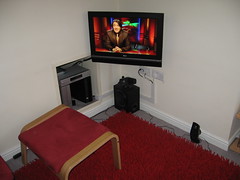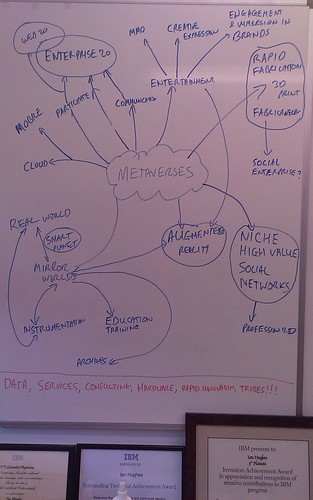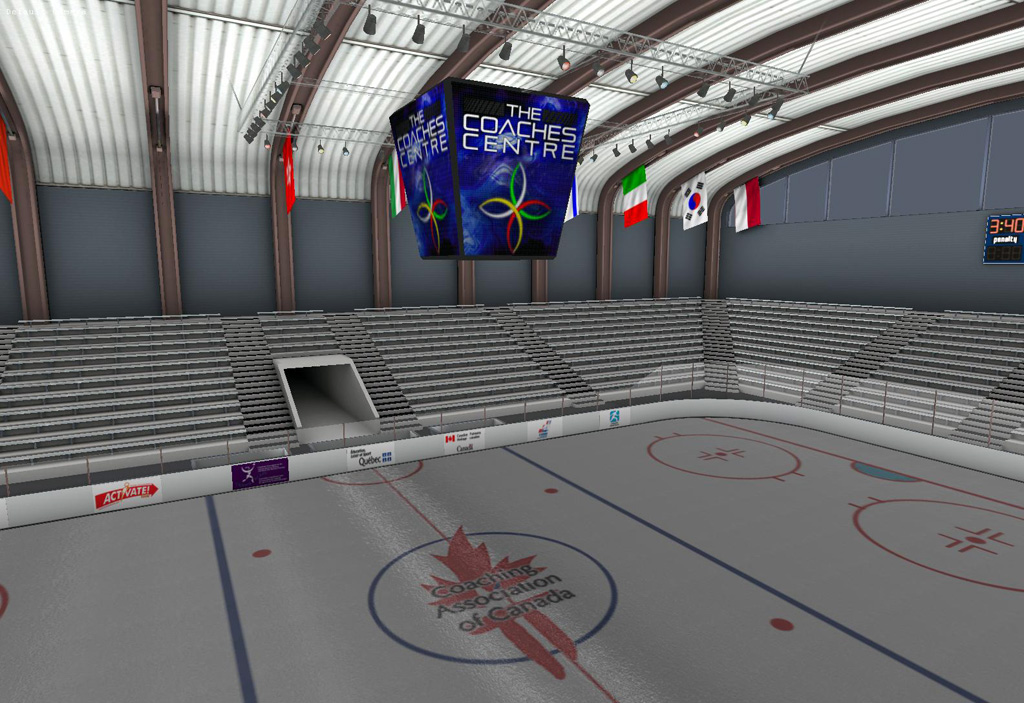[A guest post by Hursley’s Ben Fletcher. This was originally written as an internal blog post – Ben recently received the award for External Honours at the IBM Corporate Technical Recognition Event. Here, he reflects on his experiences]
I believe it is important to leave it entirely up to the individual to recognise the positives of IBMers they work with, and go from there – you can’t do any better than this, but, there’s a bonus: sometimes IBM wants to recognise you too! To make it all look good, to customers, or to make people happy, and to maintain the technical and innovative reputation or brand IBM has, they’ve built title names or award names as follows:
- IBM Fellows
- Corporate and Patent Portfolio Awards
- Distinguished Engineers
- Members of the IBM Academy of Technology
- External Honours
- Major Outstanding Innovation and Major Outstanding Technical Achievement Awards
Lots of different names, but of course IBM is so diverse that it’s difficult to recognise things in a systematic manner. Looking at the titles, I think the key points here are: if you love corporate technology and/or innovation, you can’t go any better!
I did. As a result, I fell under the External Honours category, primarily for the RADAR Young Person of the Year award that I received last year. Thereby I got into the book and, more excitedly, to meet other people and learn more about IBM. What did I learn from the other IBM attendees?
I would firstly ask where do you work? If it’s GBS [IBM Global Business Services], I would ask if they’ve heard of SWG [IBM Software Group]? If yes, have they worked with SWG before? With either answer, I would then ask if they’ve heard of Lab Services [which is where I work]. With these answers, I started coming up with questions I’d love answers to – for example:
- how to improve the awareness of what Lab Services can do, across into GBS?
- does the linkage between Lab Services and GBS have any room for improvement?
- have people from Lab Services moved to GBS?
- is Research well connected with UK? With Research being in Switzerland?
- is the market for deaf-related and/or blind-related technology too small to be of interest?
I also met with Brendon Riley [the IBM UK General Manager], who I was very keen to talk with, particularly as my wife is also Australian. I was thrilled when he told me that he was from Perth – where my wife was from! Brendon very kindly took the opportunity to ask me to do something for him – clearly he was keen to demonstrate that the planet was flatter, as he could ask me directly like a colleague sitting at the next desk might, rather than passing the request down through a hierarchical organisation. The fact that he’s from Perth, my wife’s from Perth, the Country General Manager asking me directly to do something for him, as our CEO would say: the world is becoming smaller and flatter!
Ben





